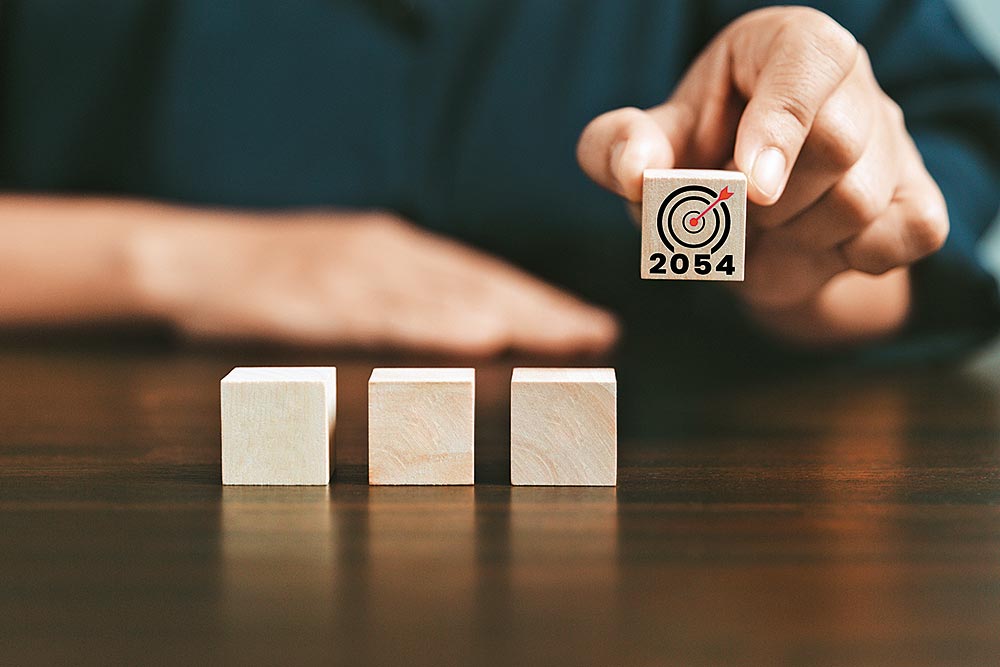D. Das, Bhubaneshwar
My son is a 29-year-old engineer. His annual income is Rs 14 lakh. He has been investing for the last three years directly in large-, mid- and small-cap stocks for Rs 6,000, Rs 4,000, and Rs 4,000, respectively. He also has a monthly systematic investment plan (SIP) of Rs 10,000. Besides, he invests Rs 50,000 each in National Pension System (NPS), Public Provident Fund (PPF), life insurance plan, and Rs 11,000 in a health insurance policy annually. How should he proceed for his retirement goal of Rs 10 crore by 2054?
It is not clear if your son has been investing in large-, mid- and small-cap stocks as a one-time purchase or via SIPs.
If he has invested the above amounts of Rs 6,000, Rs 4,000, and Rs 4,000, in large-, mid- and small-cap stocks as a one-time purchase and holds them till 2054 then it would result into a corpus of approximately Rs 6.6 lakh at an assumed rate of return of 12 per cent. The SIP investment (Rs 10,000) would accumulate a corpus of Rs 5.69 crore at an assumed rate of 12 per cent, and Rs 50,000 annual investment into NPS and PPF would result into a corpus of around Rs 1.64 crore. The total will come to Rs 7.39 crore. The retirement goal of Rs 10 crore can be achieved if your son increases the SIP amount by another Rs 6,600. If this new SIP of Rs 6,600 is maintained for 31 years from now till 2054 along with the existing investments in SIP, NPS, PPF, Rs 6,000 in large caps, and Rs 4,000 each in mid caps and small caps as a one-time investment, it would help in achieving the target corpus.
If your son has been investing via SIPs in large-, mid- and small-cap funds with the above mentioned amounts and has a Rs 10,000 SIP in an equity fund since 2020, the accumulated amount would make a corpus of Rs 13.67 crore at 12 per cent assumed rate of return, provided he continues investing in the SIP for the next 31 years, and keeps investing Rs 50,000 annually each in NPS and PPF. If he continues diligently till 2054, he would accumulate Rs 98.49 lakh in NPS at 9 per cent, and Rs 65.49 lakh in PPF at 7.1 per cent.
These investment amounts are sufficient to achieve the goal of Rs 10 crore if done diligently till 2054.
Suhel Chander, CFPCM, Handholding Financials
Sanjeev Daga, Bilaspur
I have been told that short- or long-term capital gains tax is applicable on under-construction property also. The period is usually calculated from the date of possession. However, I am yet to receive possession. In that case, will the period be calculated from the date of booking or allotment for calculating capital gain?
Yes, short- or long-term capital gains tax is applicable on under-construction property also. The holding period may be calculated from the date of allotment. However, the information provided by you is not sufficient to give a clear answer.
Kindly note that capital gains on transfer of property has always been a reason for dispute between the taxpayers and income tax authorities. While the Income-tax Act, 1961 says that the period of holding determines the amount of tax payable, it does not clearly specify from when the period of holding actually starts. There has been a difference of opinion most of the times, leading to different court judgements in different cases. It is recommended to consult a tax professional or legal expert.
Uma S. Chander, CFPcm Handholding Financials

